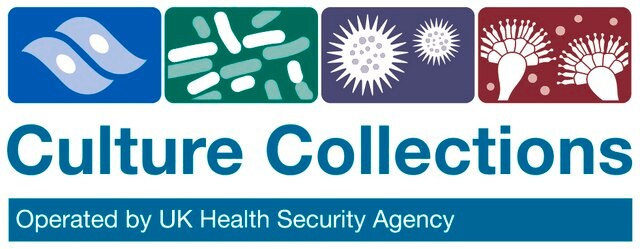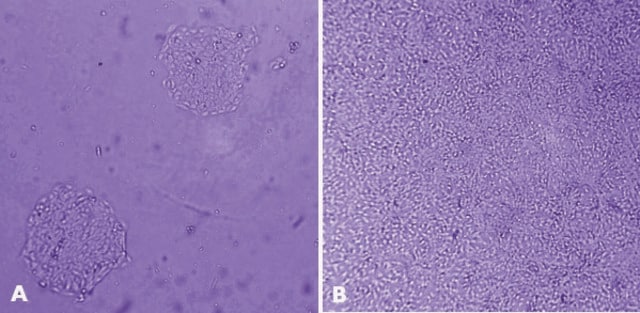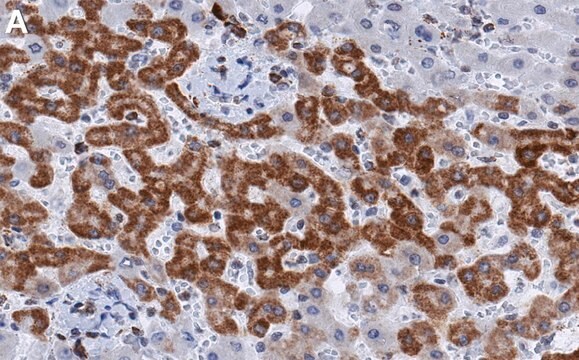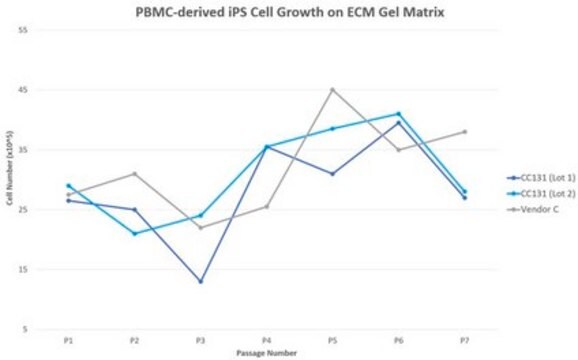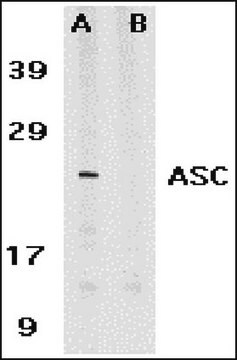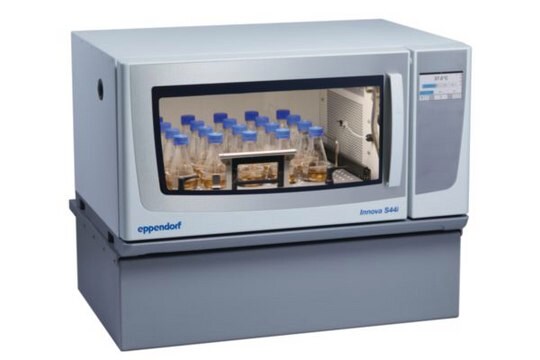10021101
SerBob cell line human
About This Item
Productos recomendados
biological source
human prostate
Quality Level
form
liquid
growth mode
Adherent
karyotype
4n (67 to 88)
morphology
Cobblestone
products
More differentiated than Bob with increased CD24, PAP, PSCA expression (prostate differentiation markers). 10% 3-D sphere formation in Matrigel. Migratory and invasive when compared to benign prostate tumour. More invasive than Bob.
receptors
CD44, alpha2 integrin, alpha6 integrin, EGFR, FGFR1, LIFR
technique(s)
cell culture | mammalian: suitable
relevant disease(s)
cancer
shipped in
dry ice
storage temp.
−196°C
Cell Line Origin
Cell Line Description
Application
DNA Profile
CSF1PO: 11,12
D13S317: 9,14
D16S539: 10,12
D5S818: 13
D7S820: 10,11
THO1: 9
TPOX: 8,10
vWA: 17
Culture Medium
Subculture Routine
Other Notes
Disclaimer
Storage Class
10 - Combustible liquids
wgk_germany
WGK 3
flash_point_f
Not applicable
flash_point_c
Not applicable
Elija entre una de las versiones más recientes:
Certificados de análisis (COA)
Lo sentimos, en este momento no disponemos de COAs para este producto en línea.
Si necesita más asistencia, póngase en contacto con Atención al cliente
¿Ya tiene este producto?
Encuentre la documentación para los productos que ha comprado recientemente en la Biblioteca de documentos.
Nuestro equipo de científicos tiene experiencia en todas las áreas de investigación: Ciencias de la vida, Ciencia de los materiales, Síntesis química, Cromatografía, Analítica y muchas otras.
Póngase en contacto con el Servicio técnico